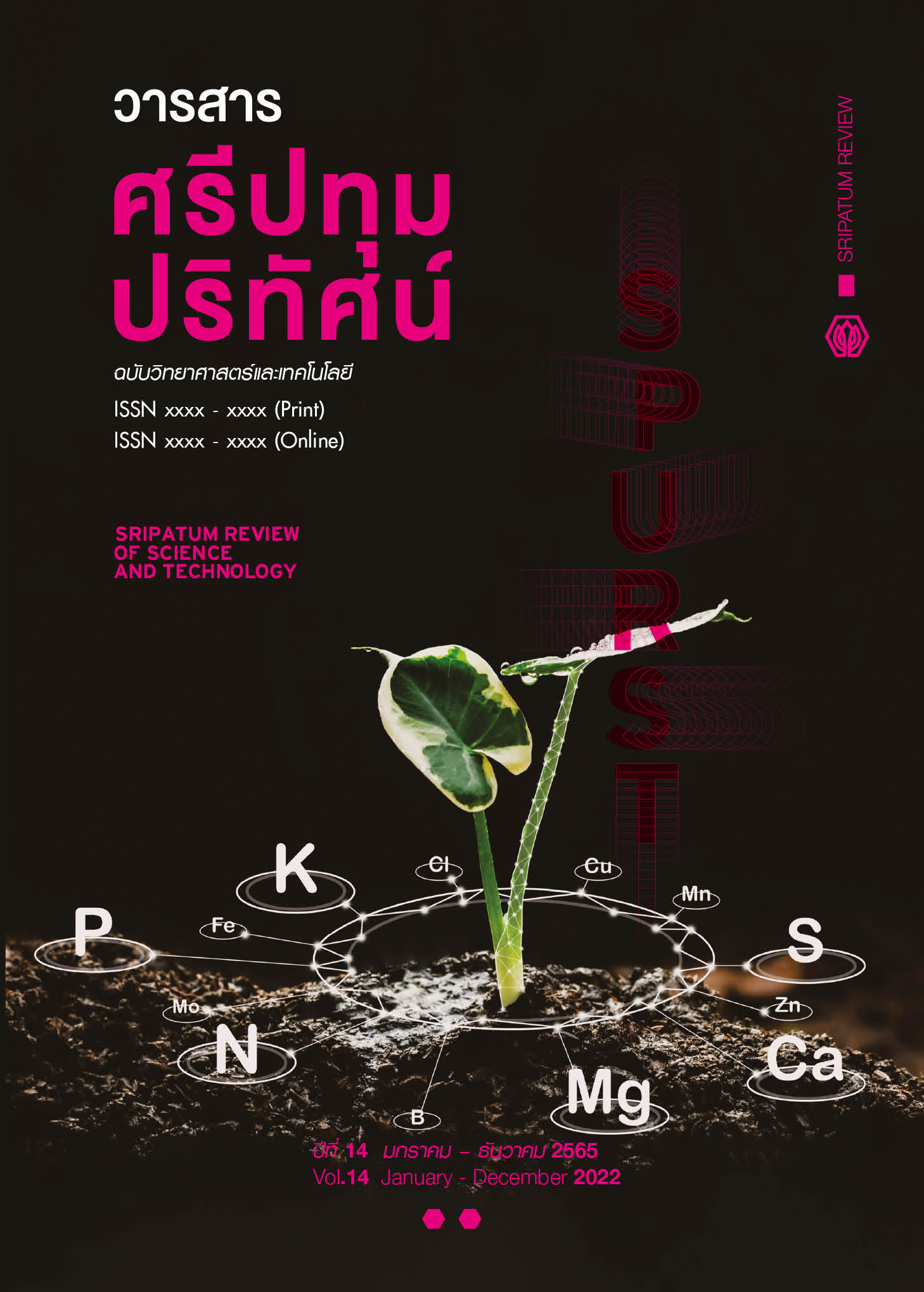Classification of Weedy Rice-grain from Mobile Images Using Transfer learning Neural network
Main Article Content
Abstract
This research presents a rice weed classification framework using neural network with transfer learning for mobile images. The transfer leaning technique is employed so that high-res images by Digital single-lens reflex (DSLR) in the closed environment setting can be reused in the mobile environment setting. Other existing related works mainly rely on feature extraction in closed environment. In pre-processing steps, image segmentation technique is used to separate background and dust from a rice image and re-scale the rice gain image using known-size of a one-baht coin. This step improves accuracy from 49% to 67% using DSLR model. This work constructs VGG16 and Resnet50 then find-tunes with empirical hyperparameters. Also, an evaluation is conducted on three input and model combinations which are 1) DSLR and mobile images, 2) mobile images retrained with DSLR images, and 3) mobile images and 30% of DSLR images retrained with DSLR images. The first method gives highest accuracy of 95%. However, the third method also gives high accuracy with less training data.
Article Details
References
Aukkapinyo, K., Sawangwong, S., P., P., and Kusakunniran, W. (2020). Localization and classification of rice-grain images using region proposals-based convolutional neural network. International Journal of Automation and Computing, 17, 233-246.
Han, S. S., Park, G. H., Lim, W., Kim, M. S., Na, J. I., Park, I., and Chang, S. E. (2018). Deep neural networks show an equivalent and often superior performance to dermatologists in onychomycosis diagnosis: Automatic construction of onychomycosis datasets by region-based convolutional deep neural network. PLoS ONE, 13.
He, K., Zhang, X., Ren, S., and Sun, J. (2016). Deep residual learning for image recognition. The Proceedings of the 2016 IEEE Conference on Computer Vision and Pattern Recognition (CVPR), 27-30 June 2016, Las Vegas, NV, USA, 770-778.
Joshi, M., and Patel, V. (2018). Convolutional neural network with transfer learning for rice type classification. The proceedings of Tenth international Conference on Machine Vision(ICMV 2017), 13 April 2018, Vol. 10696, pp. 282-289.
Lurstwut, B., and Pornpanomchai, C. (2017). Image analysis based on color, shape and texture for rice seed (Oryza sativa L.) germination evaluation. Agriculture and Natural Resources, 51(5), 383-389.
Mehra, R. (2018). Breast cancer histology images classification: Training from scratch or transfer learning?. ICT Express, 4(4), 247-254.
Rezende, E., Ruppert, G., Carvalho, T., Theophilo, A., Ramos, F., and de Geus, P. (2018). Malicious software classification using VGG16 deep neural network’s bottleneck features. In Information Technology-New Generation. Springer, Cham., 51-59.
Silva, C. S., and Sonnadara, D. (2013). Classification of rice grains using neural networks. The Proceedings of the Technical Sessions (IPSL). Sri Lanka., 29, 9-14.
Simonyan, K., and Zisserman, A. (2014). Very deep convolutional networks for large-scale image recognition. [Online]. Retrieved May 15, 2021 from: https://arxiv.org/abs/1409.1556


